Geo-Excursion site at Patiya
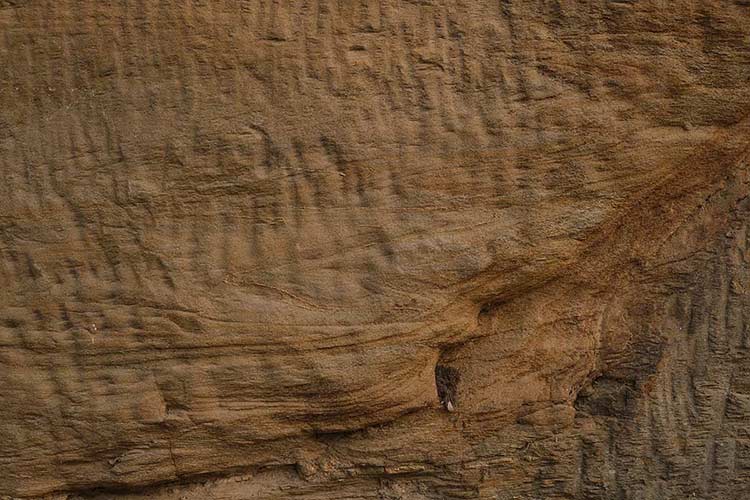
Location - 1
The exposed mica schist is coarse (Mica grows at the expense of other mica grains, producing mica large enough to be seen in hand samples), medium-grade metamorphic rock (upper greenschist-lower amphibolites facies), having highly developed schistosity, or tendency to split into layers, and formed from mudstone or shale.
View Site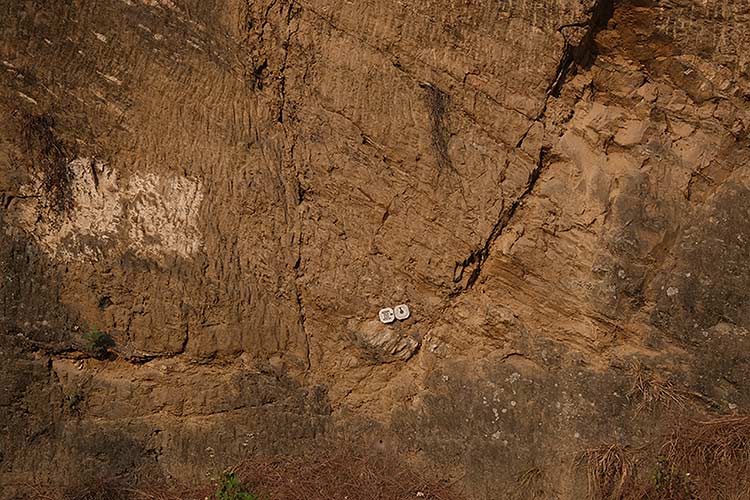
Location - 2
In the exposure of gently descending (10–30°), a prominent conjugate (Listric type) fracture plane is seen. Mica schist with numerous quartz lenses oriented in the same direction as the schist that is heavily fractured (fractures occurred owing to both natural and anthropogenic activity).
View Site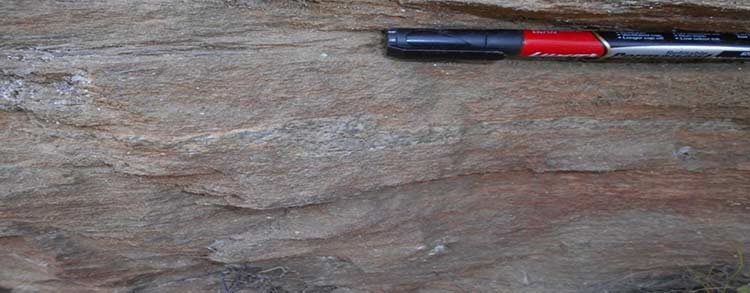
Location - 3 & 4
The exposure marks the starting point of inter-layering of gently dipping (10-30°) quartzite and mica schist, quartzite beds are thin while mica schist.
View Site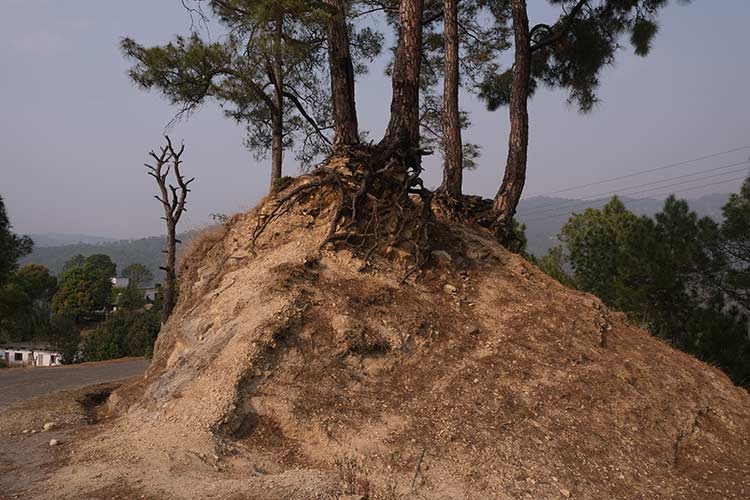
Location - 5
The exposed area exhibits the effects of mechanical (mechanical weathering) and biochemical weathering caused by pine, moss, lichen, and grass roots, which weaken rocks into smaller rocks that are further eroded in place or transported and deposited at other locations and help form soil by supplying mineral particles like sand, silt, and clay, ultimately sculpting the landscapes.
View Site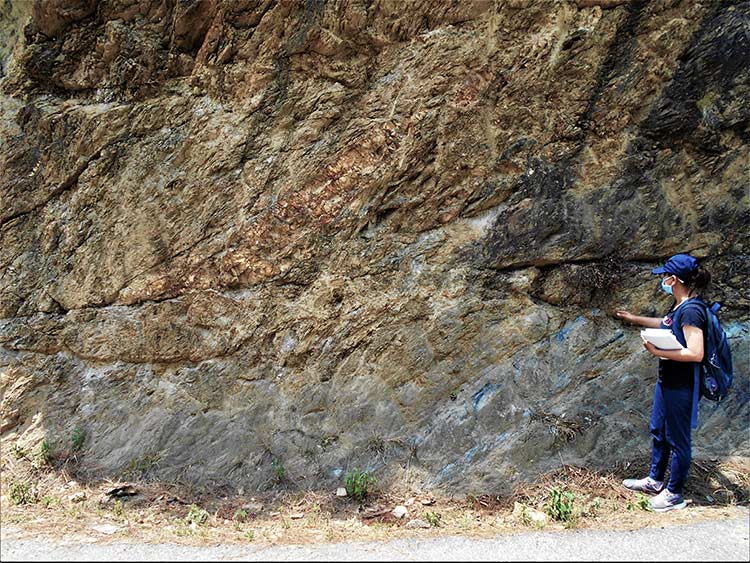
Location - 6
A 20-meter-long exposure of low angle reverse fault (The hanging wall moves up relative to the footwall) in the moderately dipping (30-60°) mica schist. Since the lower portion of the faulted quartz vein in the footwall is not visible, the fault crosscut a big iron-leached, fractured quartz vein, indicating a substantial movement along the fault plane.
View Site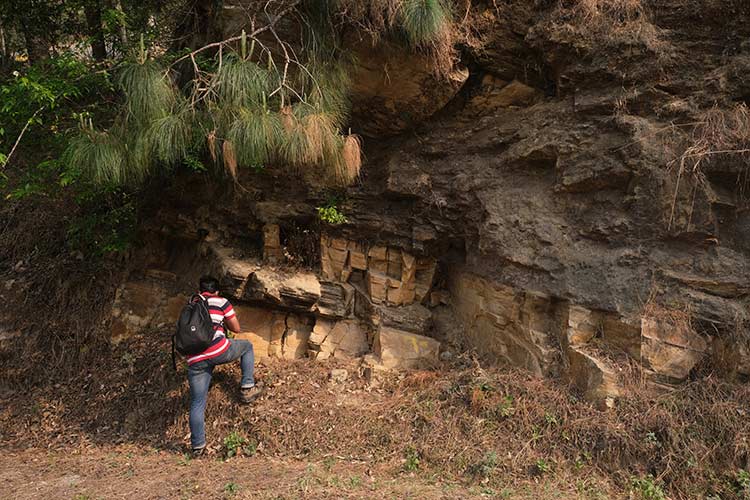
Location - 7
Quartzite and schist are created when mudrock and sandstone recrystallize under high pressure and temperature conditions; later, because of regional tectonic processes, these beds were tilted (36°, or moderately dipping) and fragmented.
View Site